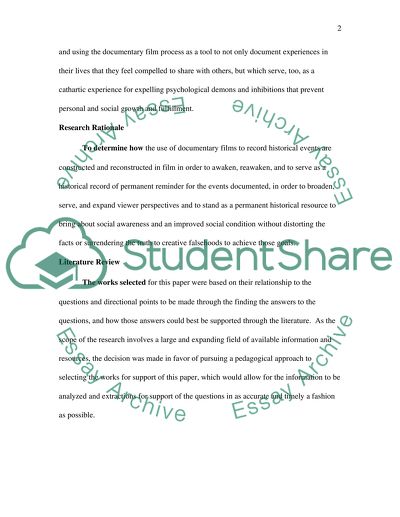Cite this document
(“The Use of Documentary Film as Historical Recollection Essay”, n.d.)
The Use of Documentary Film as Historical Recollection Essay. Retrieved from https://studentshare.org/miscellaneous/1538760-the-use-of-documentary-film-as-historical-recollection
The Use of Documentary Film as Historical Recollection Essay. Retrieved from https://studentshare.org/miscellaneous/1538760-the-use-of-documentary-film-as-historical-recollection
(The Use of Documentary Film As Historical Recollection Essay)
The Use of Documentary Film As Historical Recollection Essay. https://studentshare.org/miscellaneous/1538760-the-use-of-documentary-film-as-historical-recollection.
The Use of Documentary Film As Historical Recollection Essay. https://studentshare.org/miscellaneous/1538760-the-use-of-documentary-film-as-historical-recollection.
“The Use of Documentary Film As Historical Recollection Essay”, n.d. https://studentshare.org/miscellaneous/1538760-the-use-of-documentary-film-as-historical-recollection.


